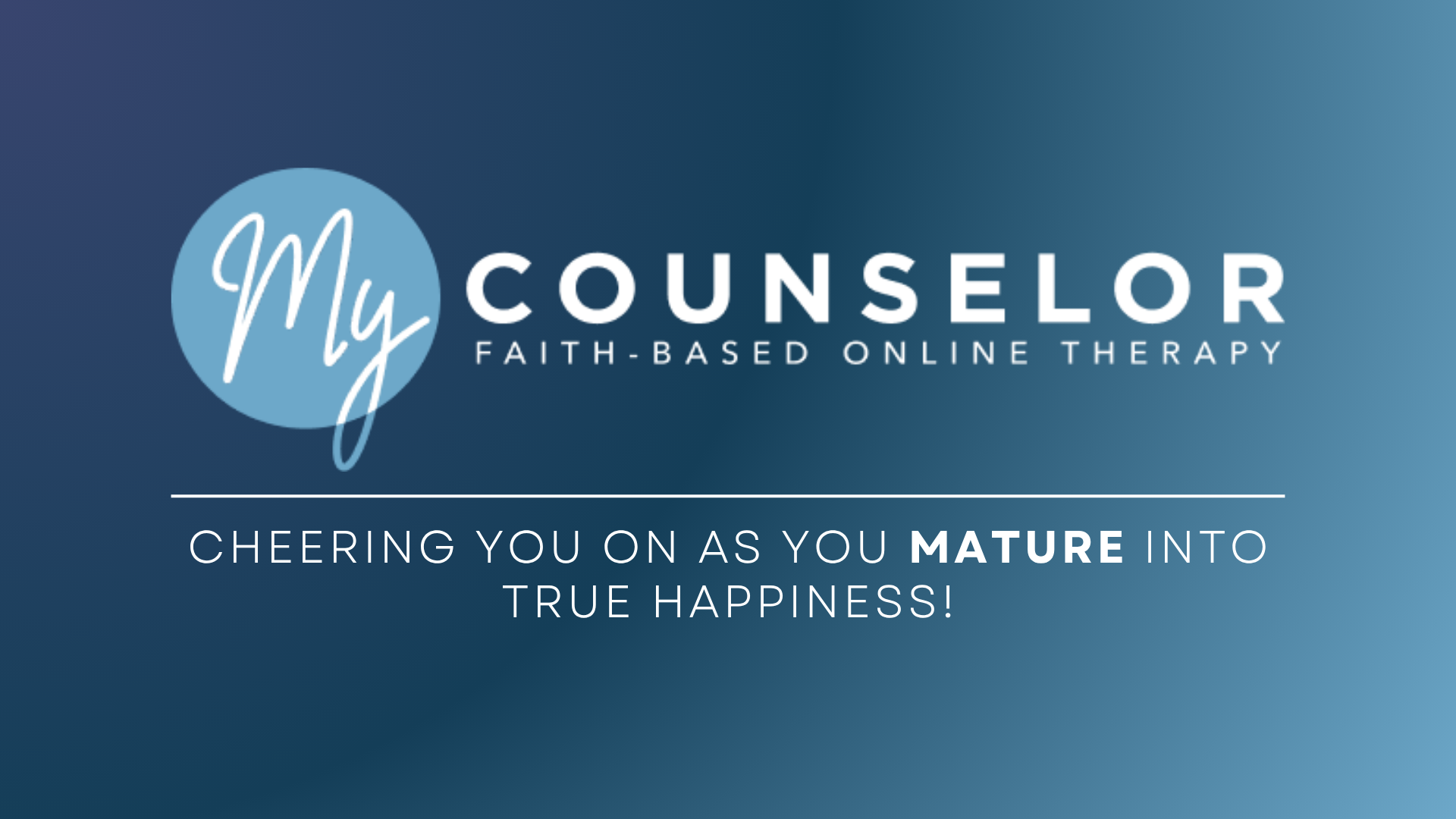Emotions: A Brief Introduction
This article is based on scientific evidence and clinical experience, written by a licensed professional and fact-checked by experts.
Posted: April 16, 2024
Estimated reading time: 4 minutes
In This article

Some of the most common things I hear as a counselor are “I am just not an emotional person,” “ I don’t know what to do with my emotions” or “I don’t know how to feel and talk about my emotions.” The more I sit with people, the more I realize that a lot of these statements come up because up until recently, society as a whole has done a poor job of educating people on emotions and how to process them. This brings me to my heart for this article. My hope with this article is to simply provide a very brief (and I mean BRIEF) introduction to some of the basics of emotions. The reason I say brief is simply because there is so much to write on with this topic and so many avenues to explore and I know that with this article I will only be scratching the surface but I do hope that will open the door to more exploration and discussion for readers. So let’s get into it!
Core Emotions:
A good place to start when starting to explore emotions is to understand that there are core emotions/primary emotions. Some theories say there are six core emotions (happiness, anger, fear, surprise, and disgust) while others say there are eight core/primary emotions (adding in anticipation and trust) but the common thread through all the theories is that there are at least four primary emotions that are hardwired into our body and innate within us. The idea with core/primary emotions is that all other emotions are made up of some kind of combination of the core emotions. You can think of them as the primary colors of emotion. Learning to identify which primary emotion you are experiencing is a great first step in learning how to process your emotions. We have to know the core of what we are feeling to fully process our emotions. Sometimes people struggle to do this because they don’t have the words to describe their experience and label what they are feeling. A great
resource for this is the emotion wheel. (Here is a great one by Idaho State University)
Emotions In the Body:
Now that we have briefly covered core emotions, let’s talk about the physiological experience of emotions. If you have seen any social media posts about therapy, you have probably seen the jokes around therapists asking where clients feel things in their bodies. I remember the first time my therapist asked me this and thinking “What in the world is this lady talking about?” Now, I have learned the incredible resource our body is when working to understand our emotions. Science shows us that emotions are a physical experience, that we feel emotions in our body, and that our mind just labels our emotions. This is why we can’t just think our way through emotions, we have to physically feel our way through them. Learning to slow down and understand how your body experiences emotions, is a crucial part of learning to identify and process emotions. A few things to look for are temperature (do you feel cold or hot somewhere), energy (are you shaking or is your heart racing), tension (are your shoulders up to your ears, are you making a fist or clenching your jaw), tears, or even just a sense of being numb, frozen, or shut down. Being attuned to your body will help you begin to identify your emotions in the moment and create space for them to be processed and shared in the moment.
Simple Steps To Start:
The book Permission To Feel By Dr. Marc Brackett is a good book to help start learning more about emotions and feeling through them as well as the book It’s Not Always Depression by Hilary Jacobs Hendel. When we start to learn to attune to emotions the next question I typically hear is “Now what?” So let’s walk through some basic steps to working with your emotions. The first step is to slow down and recognize that you are experiencing an emotion. It can help to take a few deep breaths and then notice your body, what is happening there to indicate you are feeling something? Once you notice the physical experience of your emotion, try to label it. Science has shown us that the act of recognizing and naming our emotions can decrease the intensity of them. Once you know what you are feeling, lean into the emotion and be curious with it. What is the emotion communicating to you? A helpful technique can be to think “If my emotion had a microphone and could, what would it say?” While this might feel strange, it can be extremely helpful in understanding our emotion and what it needs from us.
After you have taken time to both know what you are feeling and experience that feeling I typically hear people ask is “now what?” And the answer I typically give is to share it. We were not created to be alone and process alone. Sharing our emotions and experiences with others is incredibly grounding and healing. While sharing might not “fix” the situation but it will make you feel less alone in it, which is powerful. Share what you are feeling with someone safe who will create and hold space for you. I know sharing our emotions is a vulnerable act but it is also a beautiful part of human connection and healing.
Conclusion:
This brings us to the end of our very brief introduction and overview of emotions. I hope you found this to be a helpful starting point in learning to make space for your emotions. Emotions are beautiful and essential to living our lives fully. Even the difficult emotions serve an important purpose and deserve our time and care. A final note I always want my clients to know is that we can’t only block out and numb ourselves to the harder emotions, this will only result in us becoming disconnected from all our emotions. So lean into your emotions and make space for them.
Back to topThis article is based on scientific evidence and clinical experience, written by a licensed professional and fact-checked by experts.
About the Author

Emily Hurst
Emily Hurst MS, LPCC, has a Master’s degree from Evangel University. She is a Licensed Professional Counselor Candidate, holding her license in Colorado.
Learn More About EmilyIn This article
References
- Brackett, M. (2019). Permission to feel: Unlocking the power of emotions to help our kids, ourselves, and our society thrive. Celadon Books.
- Hendel, H. J. (2018). It's not always depression: Working the change triangle to listen to the body, discover core emotions, and connect to your authentic self. Random House.
Share this article
View more articles

Navigating Conflict and Reconciliation with Adult Children: Practical Tips for Parents
By: Danielle Schaefer







